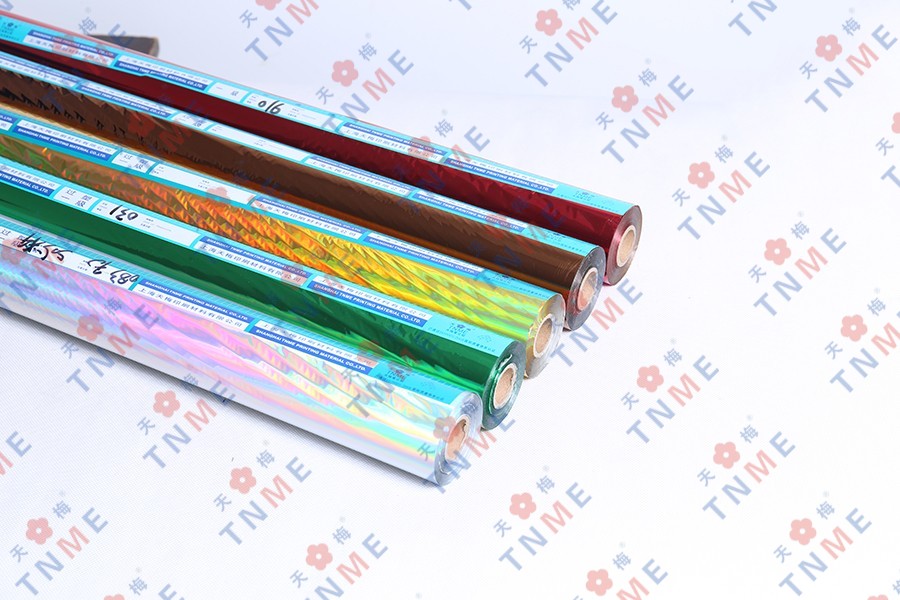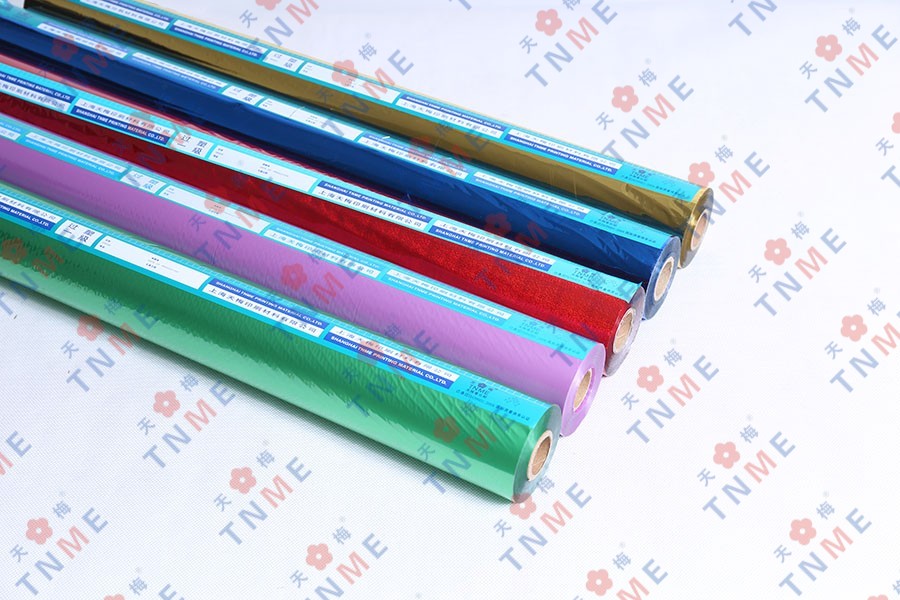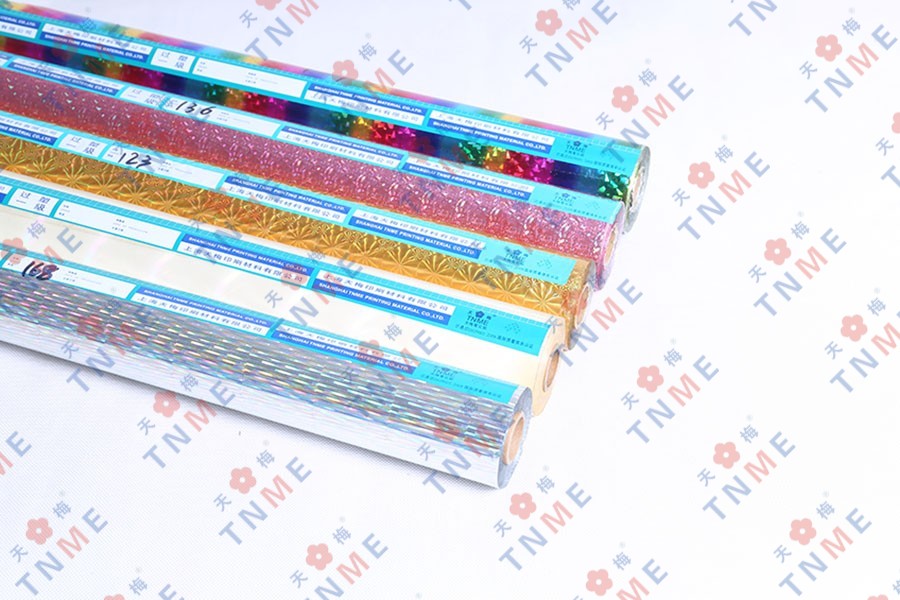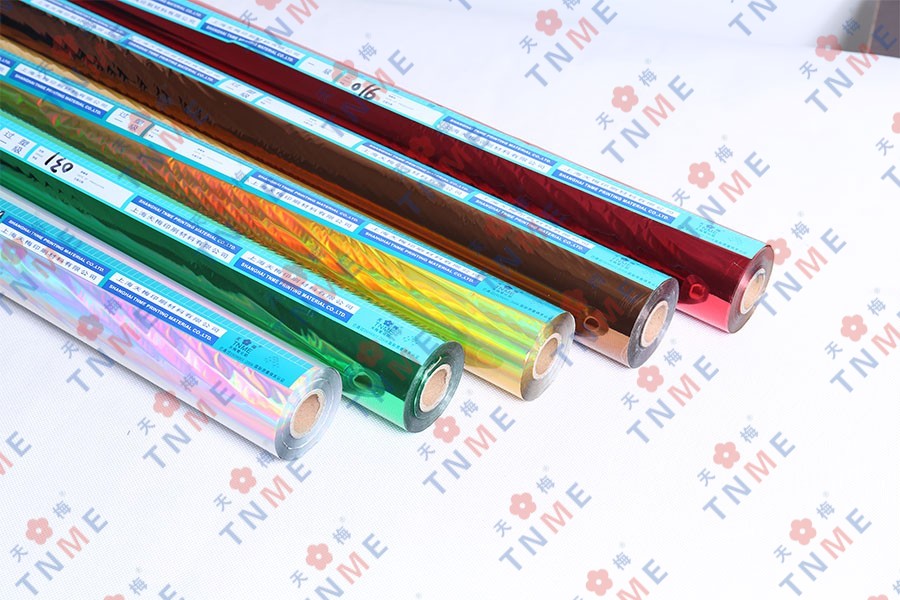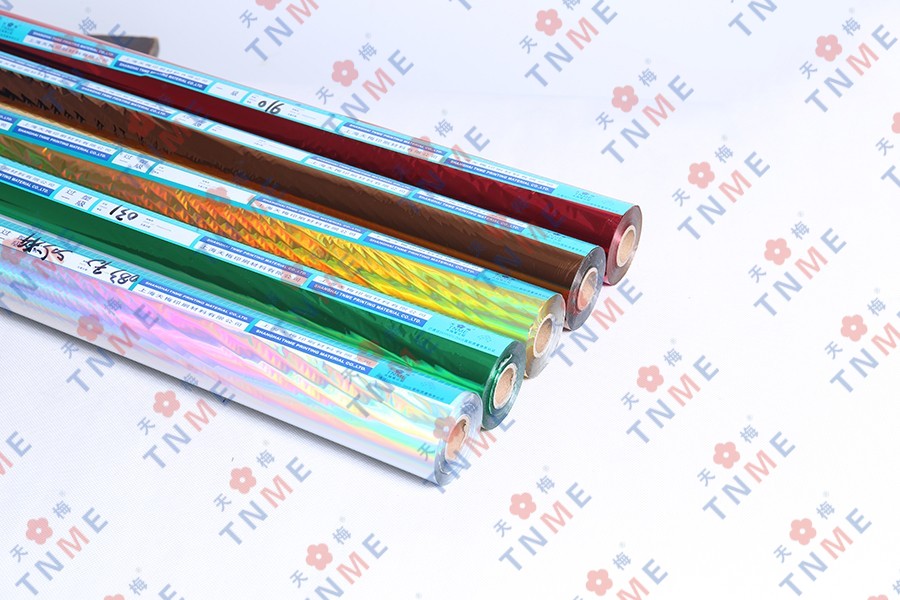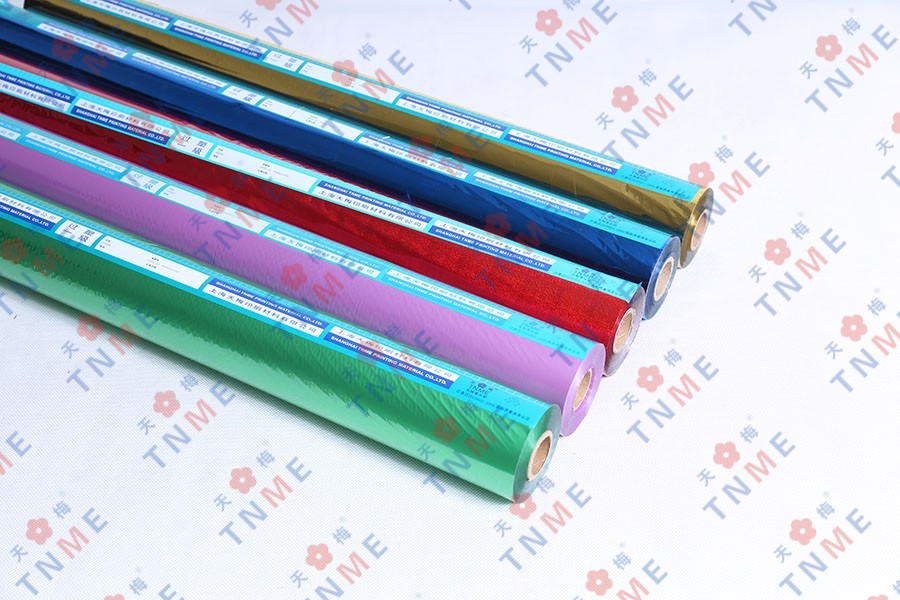Does textile foil come in different colors and finishes?
Textile foil is a versatile decorative material widely used in fashion, accessories, and home textiles to add metallic, glossy, or patterned effects. A common question among designers and hobbyists is whether textile foil is available in different colors and finishes.
The variety of colors in textile foil
One of the most appealing aspects of textile foil is its extensive color range. Unlike traditional foils limited to gold and silver, modern textile foils are produced in holographic, matte, neon, pastel, and even gradient finishes. The availability of diverse colors makes it suitable for various design needs, from subtle embellishments to bold statement pieces.
Metallic foils, such as gold, silver, rose gold, and copper, remain the most popular due to their classic appeal. These are frequently used in high-end fashion and luxury textiles. Pigmented foils offer non-metallic options, including black, white, red, blue, and other solid colors, which are ideal for designs requiring opacity. Additionally, translucent foils provide a sheer effect, allowing underlying fabric textures to show through while adding a delicate shimmer.
The range of finishes available
Beyond color, textile foils also differ in their surface finishes, each contributing unique visual and tactile effects. Some of the most common finishes include:
- Glossy foil: The standard high-shine finish that reflects light brightly, commonly used for eye-catching designs.
- Matte foil: A non-reflective, smooth finish that offers a sophisticated, understated look.
- Holographic foil: Displays a rainbow-like, iridescent effect that changes under different lighting angles.
- Brushed metal foil: Mimics the appearance of brushed steel or aluminum, adding a textured metallic effect.
- Patterned foil: Includes pre-embossed designs like snakeskin, geometric shapes, or floral motifs.
The choice of finish depends on the desired aesthetic and functional requirements. For instance, matte foil may be preferred for minimalist designs, while holographic foil is often chosen for futuristic or avant-garde applications.
Factors influencing color and finish selection
When selecting textile foil, several factors must be considered to ensure the best results. Fabric compatibility is crucial—some foils adhere better to natural fibers like cotton, while others are optimized for synthetics like polyester. The application method (heat transfer, adhesive, or stamping) also affects the final appearance. Additionally, durability requirements should guide the choice; certain finishes, like glossy foils, may show wear more quickly than matte alternatives.
Textile foil offers an impressive variety of colors and finishes, making it a highly adaptable material for designers and manufacturers. Whether the goal is to achieve a classic metallic sheen, a modern holographic effect, or a subtle matte accent, there is a foil option available. By understanding the range of choices and their best applications, users can maximize the creative and functional potential of textile foil in their projects.




 English
English 中文简体
中文简体
